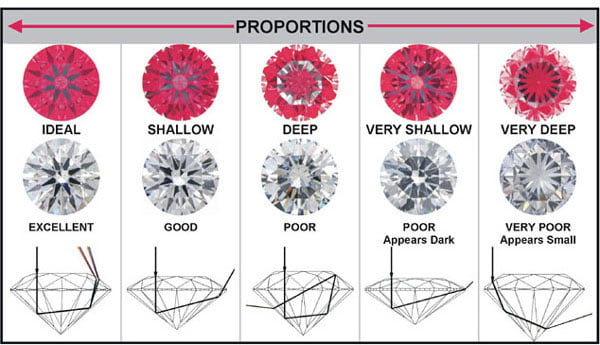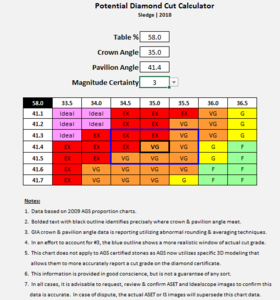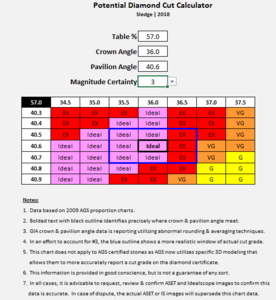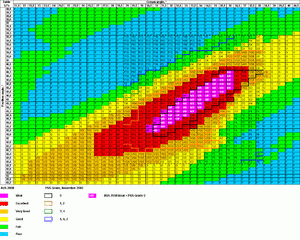Hi everyone,
First time poster but long-time lurker. I think I have a good handle on carat / clarity / color but I am hearing alot of mixed things about cut. I've been evaluating a 3.5ct diamond that grades well on the other metrics but seems to show poorly on the Holloway score (5+) with metrics being:
Depth: 62.2
Table: 58
Crown: 35
Pavilion: 41.4
Does it really hurt the brilliance of the diamond that much? It's hard for me to get a sense because I don't have an eye for this stuff and it's hard to tell based on a picture.
Thanks for the help
First time poster but long-time lurker. I think I have a good handle on carat / clarity / color but I am hearing alot of mixed things about cut. I've been evaluating a 3.5ct diamond that grades well on the other metrics but seems to show poorly on the Holloway score (5+) with metrics being:
Depth: 62.2
Table: 58
Crown: 35
Pavilion: 41.4
Does it really hurt the brilliance of the diamond that much? It's hard for me to get a sense because I don't have an eye for this stuff and it's hard to tell based on a picture.
Thanks for the help







300x240.png)